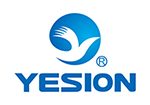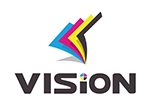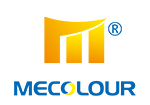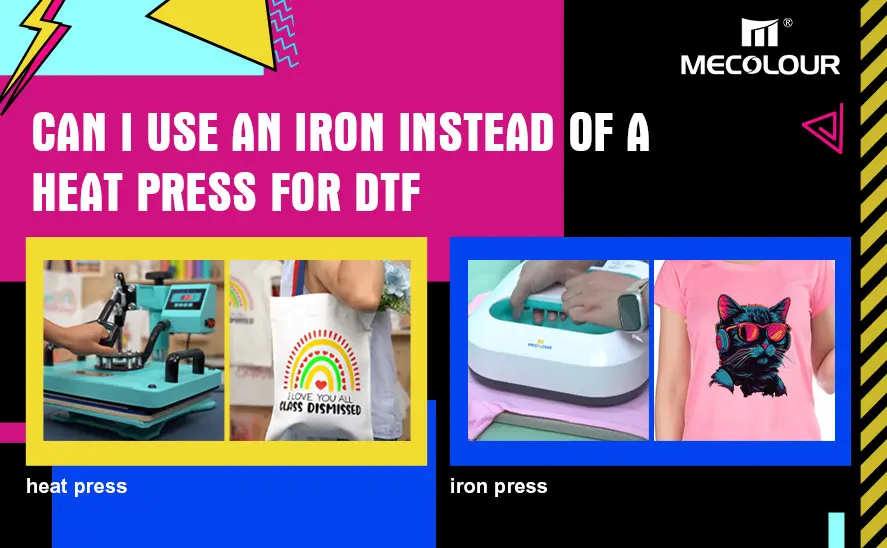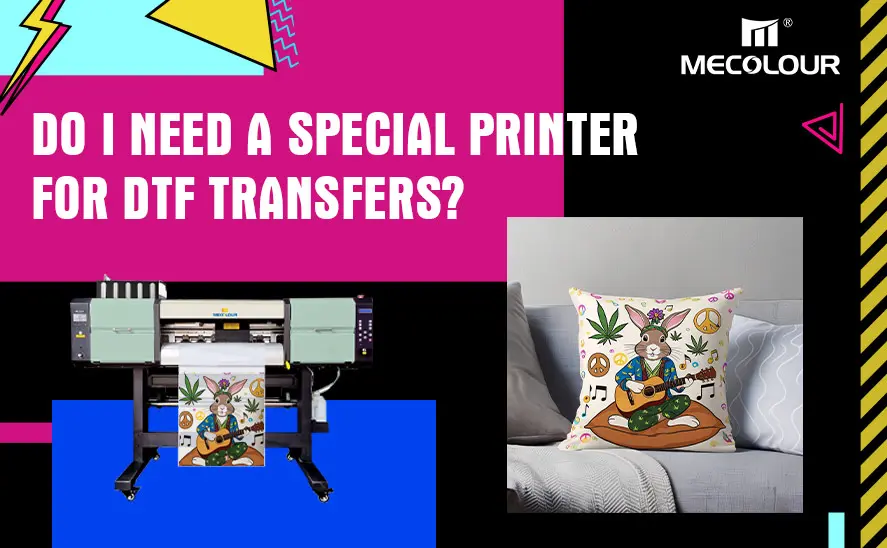What Is the Oven for on a DTF Printer?
When exploring the world of Direct-to-Film (DTF) printing, understanding each component of the process is vital for high-quality output and production efficiency. Among these, the DTF oven plays a critical role in the curing and drying stage. It’s more than just a heating element — it’s a specialized piece of equipment designed to ensure your prints are vibrant, durable, and ready for heat transfer.
Understanding the Role of a DTF Oven in the Printing Workflow
The DTF oven, also referred to as a curing oven or film curing unit, is an essential device used to melt the hot melt adhesive powder applied to the printed PET film. After printing the design using DTF inks, a layer of adhesive powder is sprinkled over the wet ink. This powder must then be heated until it melts and adheres to the ink to create a tacky layer that bonds permanently with fabric during heat pressing.
Without proper curing in the oven, the adhesive powder remains loose, the ink may not bond correctly, and the final transfer will fail to adhere to the fabric properly. Thus, the oven’s purpose is to cure the powder uniformly and dry the ink effectively — ensuring maximum print adhesion and longevity.
Key Functions and Benefits of a DTF Oven
1. Consistent and Even Heating
A major advantage of a dedicated DTF oven over improvised heating methods (like a heat press) is its ability to maintain even temperature distribution. The internal air circulation system ensures that every part of the film receives equal exposure to heat, eliminating cold spots or overheated sections that can damage the print.
2. Adjustable Temperature and Timer Controls
Professional DTF ovens allow users to control the curing temperature and duration with precision. This flexibility is crucial when working with different film types or hot melt powders, which may require slightly varied settings for optimal performance. Most ovens operate within a range of 110°C to 160°C, and the ideal curing time typically falls between 2 to 5 minutes, depending on the setup.
3. Enhanced Print Quality and Durability
When the adhesive powder is cured properly, it forms a smooth and consistent backing layer on the print. This layer is essential to achieving crisp image transfers, excellent wash durability, and a professional finish on garments. Skipping the oven or using a substandard one can result in cracked designs, uneven texture, or poor adhesion.
DTF Oven vs. Heat Press Curing – Why the Oven Wins
While some beginners attempt to cure DTF powder using a heat press, this method lacks the controlled environment that ovens provide. Heat pressing without direct contact may work in small batches, but it often leads to inconsistent results, especially on larger prints or commercial orders.
A DTF oven, like the MECOLOUR A3 DTF Oven, offers:
- Fume extraction systems to reduce inhalation hazards
- Auto-shutoff timers for safety and energy efficiency
- Non-stick curing trays to protect the film and print
- Temperature calibration to match the melting point of various powder formulations
This makes ovens indispensable for scalability, especially when processing dozens or hundreds of prints daily.
How to Use a DTF Oven Correctly: Step-by-Step Guide
Step 1: Prepare the Printed Film
After printing your design on the DTF PET film, apply the DTF hot melt adhesive powder manually or through an automated powder shaker. Ensure the powder covers only the inked areas.
Step 2: Insert into the Oven
Place the powdered film onto the oven tray, making sure it lies flat and does not bend. Some ovens come with a sliding drawer system for easy loading.
Step 3: Set the Temperature and Timer
Refer to your powder’s specifications and set the oven to the correct temperature (typically 120°C to 140°C) and time (2–3 minutes). Ovens with digital controls offer greater precision.
Step 4: Monitor the Curing Process
Observe the film through the viewing window if available. The powder will melt, turn glossy, and bond with the ink layer. Ensure no burning or overcuring occurs.
Step 5: Cool and Store
Once cured, remove the film and allow it to cool before heat pressing onto fabric. Store the cooled films flat in a dust-free environment to prevent contamination.
Types of DTF Ovens on the Market
1. A3 Size DTF Oven
Perfect for small to mid-scale operations. Compatible with desktop DTF printers, the A3 DTF oven is compact, energy-efficient, and ideal for hobbyists or small businesses.
2. A2/A1 Size DTF Oven
Suited for higher-volume operations. These ovens handle larger prints and higher batch outputs, often integrated with automatic shakers and conveyor belts for seamless workflow.
3. Industrial DTF Conveyor Ovens
High-end models for large-scale production environments. Equipped with infrared or forced-air heating systems, these units ensure automated continuous curing and are integrated with powdering machines for complete automation.
Maintenance Tips for DTF Ovens
To maintain peak performance and prolong lifespan:
- Clean the tray regularly to prevent powder buildup
- Check the heating element for consistent operation
- Calibrate temperature sensors periodically
- Ensure ventilation is not blocked to avoid overheating
- Replace filters in fume extractors if applicable
Regular maintenance prevents defects, protects your investment, and ensures safe operation for the long term.
Why the DTF Oven Is a Non-Negotiable Tool for Professionals
In the realm of custom apparel printing, efficiency, consistency, and durability are everything. The DTF oven is not an accessory; it’s a necessity. It is the bridge between the printing phase and heat press transfer — without it, your print is incomplete and at risk of failure.
Whether you’re an entrepreneur launching a t-shirt brand, a seasoned print shop scaling up, or a studio creating custom textile designs, investing in a high-quality DTF oven ensures your workflow remains smooth, safe, and professional.


